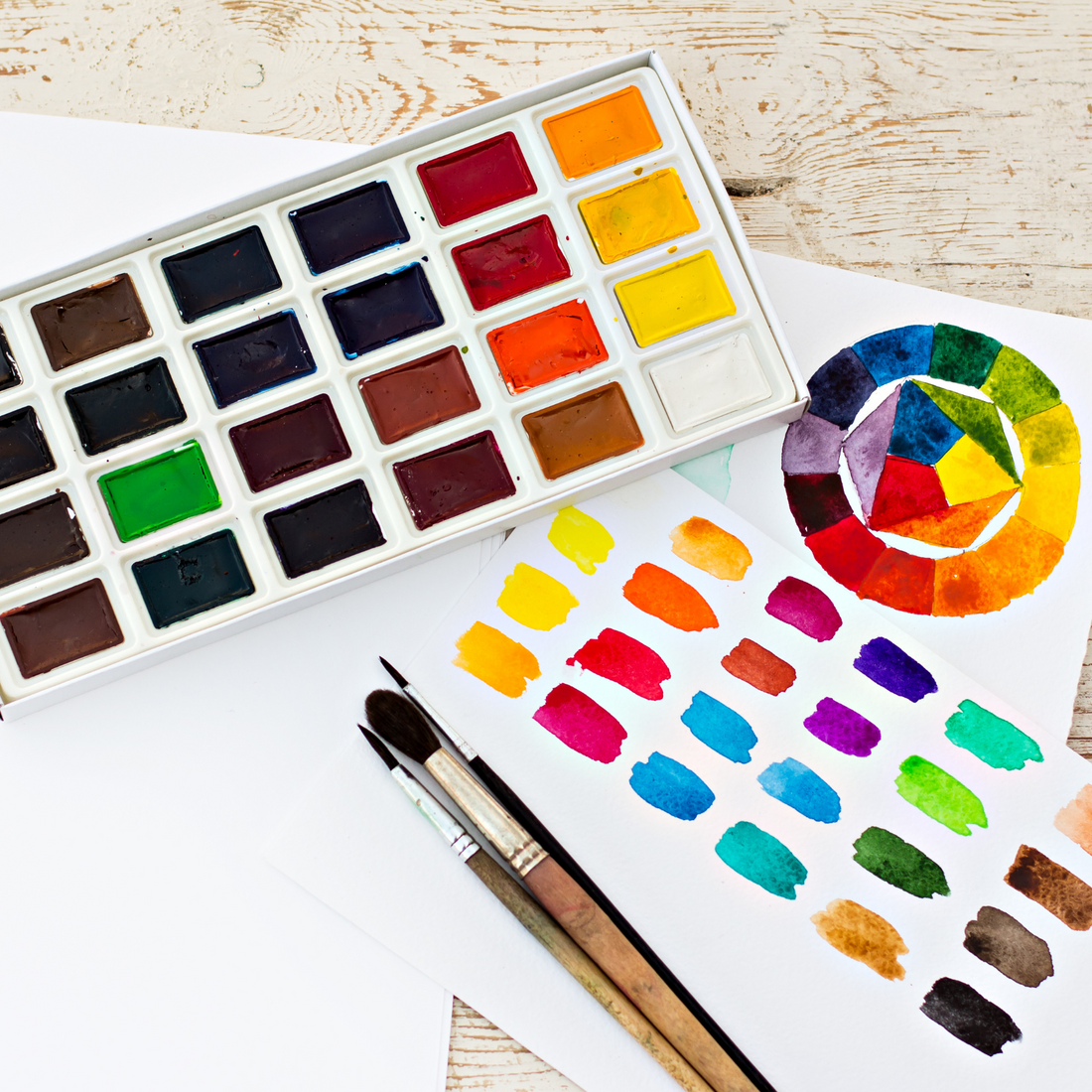
The Art of Color Mixing: A Comprehensive Guide with Natural Colorants
Share
Color is the language of nature, and in the world of natural colorants, it speaks volumes about creativity and health. With an increasing focus on clean, sustainable living, natural colorants are not just a trend but a lifestyle choice.
Whether you're a professional chef, a home baker, or a crafting enthusiast, understanding the art of color mixing with natural colorants can elevate your projects to new heights of beauty and authenticity.
The Basics of Natural Color Mixing
At its core, color mixing is about understanding the relationship between colors. It’s about knowing that blue and yellow make green, or that red and blue create purple. However, when working with natural colorants, this process becomes both an art and a science.
Primary Colors in Nature's Palette
Natural primary colors are typically:
Red: Derived from beets, red cabbage, or hibiscus.
Yellow: Obtained from turmeric, saffron, or yellow carrots.
Blue: Extracted from spirulina or butterfly pea flowers.
Creating Secondary Colors
Mixing these primary colors gives you secondary colors:
Green: Blue + Yellow
Orange: Yellow + Red
Purple: Red + Blue
The trick lies in the proportions and the specific shade of each primary color you start with.
Advanced Mixing: Tertiary Colors and Beyond
Tertiary colors are formed by mixing a primary color with a secondary color. For instance, mixing blue (primary) with green (secondary) yields a blue-green or teal color. The possibilities are endless, and experimenting with different ratios can yield a wide spectrum of hues.
Tips for Successful Color Mixing with Natural Colorants
Start Small: Natural colorants can be potent. Begin with a small amount and gradually increase until you achieve the desired shade.
Document Your Ratios: Keep track of the ratios you use for consistent results, especially if you plan to replicate the color in the future.
Consider the Base Color: The original color of your base (like dough, icing, or batter) will affect the final outcome. A yellowish batter will change how a blue colorant appears once mixed.
Test for Color Stability: Natural colors can react differently to various pH levels and temperatures. It’s always good practice to test your color mix in a small batch of your final product.
Use a Color Wheel: A color wheel can be a handy guide in understanding color relationships and in planning your color mixing.
The Health Benefits of Natural Colorants
Aside from their aesthetic appeal, natural colorants offer health benefits too. They are free from synthetic chemicals and are often rich in antioxidants and nutrients. This aspect makes them a healthier choice, especially for those with sensitivities to artificial additives.
Applications Beyond the Kitchen
The use of natural colorants isn't confined to food and beverages. They are also making waves in the world of beauty and crafts. From homemade soaps tinted with turmeric to natural fabric dyes made from blueberries, the potential applications are vast and exciting.
Embracing the Art
The art of color mixing with natural colorants is not only about achieving the perfect hue but also about embracing an eco-friendly and health-conscious approach in various creative domains. It’s about experimenting, learning, and ultimately enjoying the process of creating something truly unique and natural.
Whether you're icing a cake, crafting a cocktail, or making your own bath bombs, remember that each color you create is a reflection of nature’s own palette – vibrant, wholesome, and full of life.
The Colour Nature powder range includes five primary colors: red, blue, green, yellow, and pink.
By mixing these colors in various ratios, a wide array of shades can be created.
Here's a simple table to help guide your color mixing experiments:
| Base Color 1 | Base Color 2 | Resulting Color |
|---|---|---|
| Red | Yellow | Orange |
| Red | Blue | Purple |
| Blue | Yellow | Green |
| Red | Green | Brown |
| Blue | Pink | Lavender |
| Yellow | Pink | Peach |
| Red | Pink | Deep Pink / Fuchsia |
| Blue | Green | Teal |
| Yellow | Green | Lime Green |
| Red | Blue | Magenta |
Additional Tips for Color Mixing:
-
Adjust the Intensity: The intensity of the resulting color can be adjusted by changing the amount of each base color. For a more vibrant color, increase the concentration of the base colorants.
-
Creating Tints and Shades: You can create tints (lighter versions) of any color by adding small amounts of white (like tapioca flour or white frosting base). Conversely, create shades (darker versions) by adding small amounts of black (activated charcoal or black cocoa for edible applications).
-
Testing is Key: Always mix a small test batch first. Natural colorants can vary in hue, and the final result can be influenced by the color and texture of the base material (like dough, icing, or batter).
-
pH Sensitivity: Some natural colors may change hue based on the pH of the mixture they are added to. For instance, red cabbage can turn from purple to pink in more acidic mixtures.
-
Heat Sensitivity: Natural colors may fade or change when exposed to high temperatures, so they are best used in applications that don’t require baking or cooking.
Conclusion:
Exploring the art of color mixing with Colour Nature's range opens up a world of creativity. Whether you're decorating cakes, experimenting with homemade cosmetics, or even engaging in arts and crafts, these natural powders offer a safe, healthy, and fun way to express your creativity.
Remember, the journey of working with natural colorants is as rewarding as the beautiful hues you create. Happy coloring!
